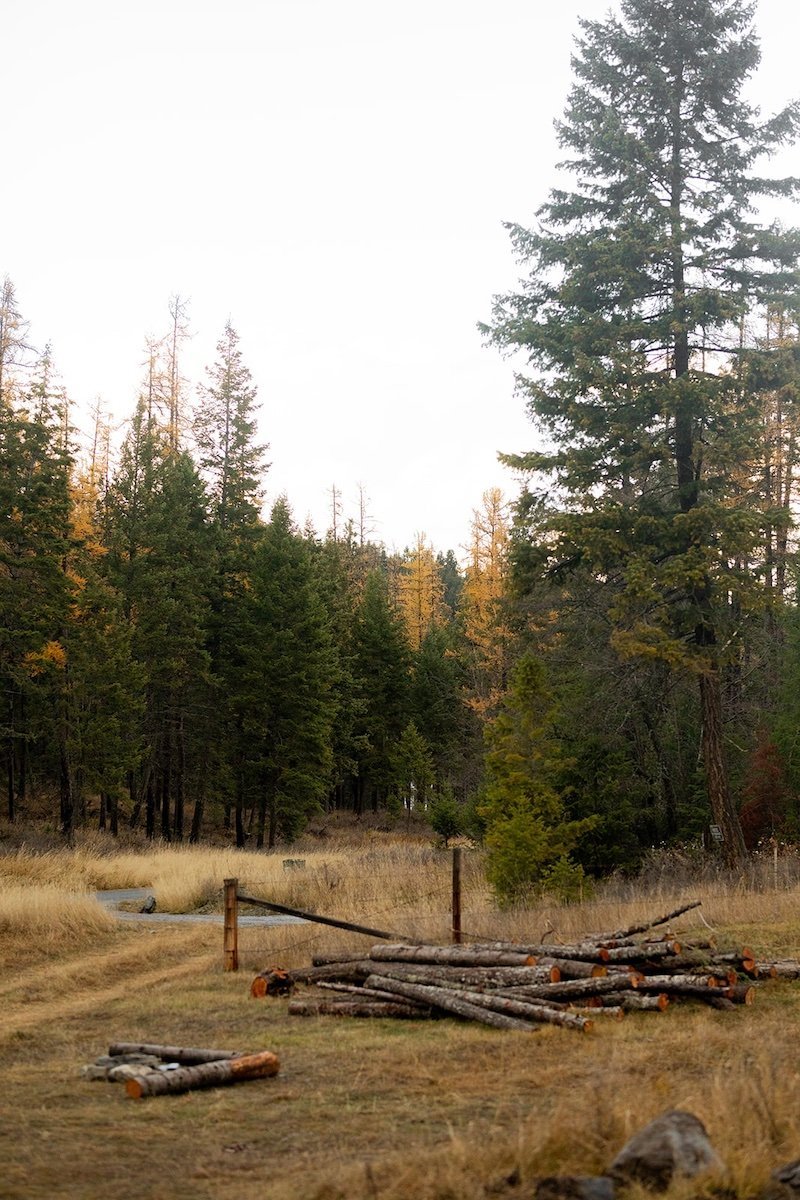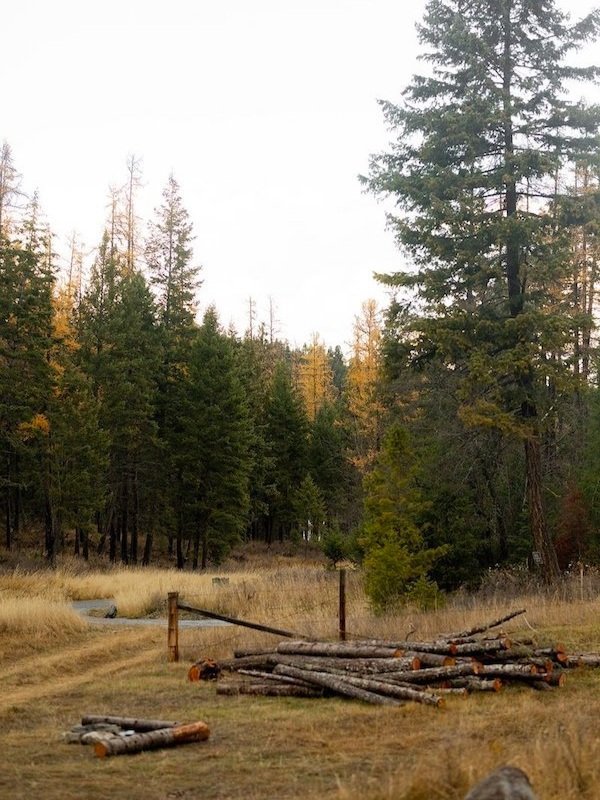
How To Uplift The Voices Of Young Climate Activists Of Color (Plus 10 Accounts To Follow)
Increasing & Encouraging Representation
Ugandan climate Activist Vanessa Nakate attended the World Economic Forum in early 2020 alongside other youth activists from around the world. She participated in a press conference with Greta Thunberg and other activists before a large Fridays For Future protest in the area.
While she was present at the press conference, you wouldn’t have known she was there based on news coverage. She’d been cropped out of a photo shared by The Associated Press, where she posed alongside Thunberg, as well as Isabelle Axelsson, Luisa Neubauer, and Loukina Tille. The only thing distinguishing the activists from one another was their race.
“It wasn’t just about one photo, but the continued erasure of activists of color and unequal coverage by the press.”
“You didn’t just erase a photo. You erased a continent. But I am stronger than ever,” Nakate tweeted alongside the photo. She was one of few youth activists of color at the event, and her existence had been erased. A wave of online support flooded towards her, and the post initiated a larger conversation about diversity and inclusion in the climate change movement. It became clear: It wasn’t just about one photo but the continued erasure of activists of color and unequal coverage by the press.
While we celebrate young activists’ efforts, it’s important to dive deeper into how to support voices that are often ignored. If mainstream media outlets aren’t amplifying their voices, it’s up to us to illuminate and promote their platforms and messages. Nakate’s message, for example, is about the lack of coverage of climate issues in Africa. In 2020, for example, communities in East Africa experienced one of the worst invasions of desert locusts in 25 years due to irregular weather. The swarm, amplified by climate change, further exacerbated food insecurity.
“If mainstream media outlets aren’t amplifying their voices, it’s up to us to illuminate and promote their platforms and messages.”
This is just one of few stories being told from youth activists from areas of the world or cultures that aren’t represented equally in the media equally. Here’s how we can increase representation in the climate movement by uplifting diverse voices and youth activists of color.
Educate Yourself on Intersectional Environmentalism
A good first step is doing research and learning as much as you can about climate justice. There are many resources that will answer some of your initial questions about the intersection of social justice and environmentalism. One thing to avoid is tasking your friends or activists from marginalized communities to educate you individually.
“I wish more people understood that intersectionality is essential and not an optional extra or an add-on; it’s essential for climate justice,” says Mikaela Loach, an inclusive sustainability advocate and climate activist. “It should be ingrained into everything we do.”
Read | “Intersectional Environmentalism: Why Environmental Justice Is Essential For A Sustainable Future“
Watch | “Environmental Justice Explained”; “A Brief History of Environmental Justice”
Follow | Intersectional Environmentalist on Instagram
Support Organizations Led and Created by People of Color
Look into the organizations created and led by people advocating for inclusion in the climate movement. You can donate to their causes, attend events, or share their social media pages with your community.
“I’ve realized [that] understanding the intersection of social justice and environmental issues requires a willingness to implement work that serves everyone,” says Anushka Bhaskar, Harvard’s class of 2022 and founder of The Harvard Environmental Action and Leadership Program (HEAL).
In one branch, the HEAL program works with pre-medical students to “teach the next generation of doctors about the devastation and health burdens of climate change while also reminding them that these issues intersect with so many inequities their patients will face that are rooted in social injustice.”
Sophia Kianni, an Iranian climate activist, is working on starting her own nonprofit, Climate Cardinals. “When I first started translating climate information into Farsi to teach my relatives about climate change, [I] noticed that almost all climate information is available only in English [even though] climate change is an issue that disproportionately affects people of color, which is why it is so important to empower a diverse coalition of activists who understand firsthand the effects of climate change.”
“[I] noticed that almost all climate information is available only in English [even though] climate change is an issue that disproportionately affects people of color.”
These are just two great examples of young environmental advocates with organizations that focus on intersectional environmentalism and protecting marginalized communities. You can support their work by following, sharing, and donating to their causes.
Share With Your Community
Talk with your friends and family about what you’ve learned, and use your social media to share important takeaways. While it may be a new topic for you to discuss, it’s okay if you aren’t an expert. Loach is “always asking” her community for “BIPOC activists and activists telling stories from their perspective,” so she can share their stories, and you can do the same. The more we amplify marginalized voices, the closer we get to a more inclusive climate movement.
Read | “How To Talk To Friends And Family About Sustainability”
Follow Activists of Color on Social Media
Lastly, one of the best ways to help amplify an activist’s platform is to support them on social media. Increasing their following and engagement by liking, saving, and sharing their posts will help boost their messages. It’ll also help direct media outlets to their pages and hopefully lead to more coverage of the issues they’re representing.
Who are some young activists of color you support? Share their names and social handles in the comments below!
RELATED READING
Leah Thomas is an intersectional environmental activist and eco-communicator. She launched the intersectional environmentalist platform to explore the relationship between environmentalism and cultural identity. You can connect with her on Instagram.




